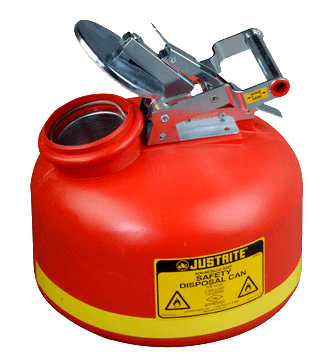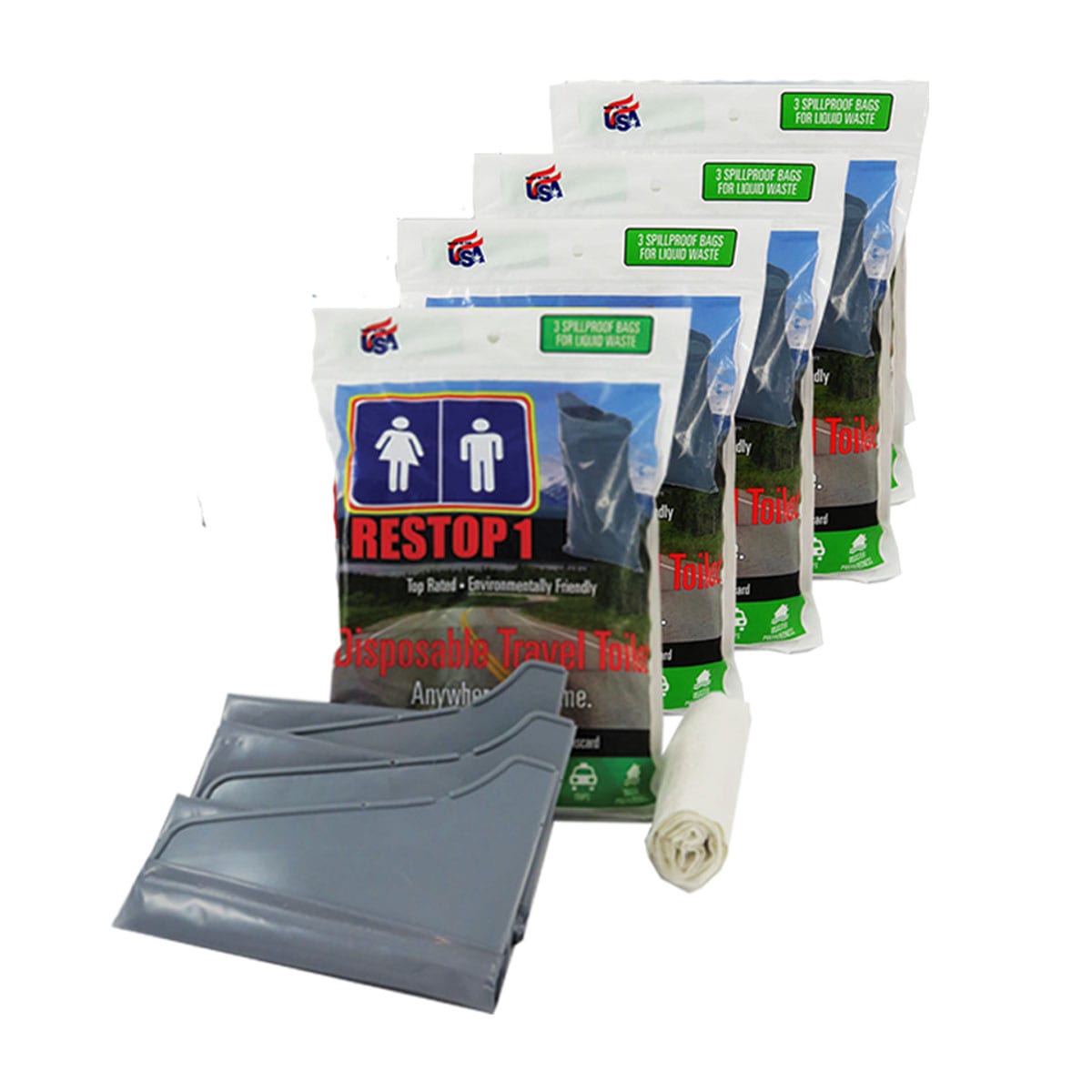Leading Industrial Wastewater Treatment Solutions: Making Sure Compliance and Efficiency
Leading Industrial Wastewater Treatment Solutions: Making Sure Compliance and Efficiency
Blog Article
Just How Fluid Garbage Disposal Works: An In-depth Summary of Techniques and Technologies Used

Summary of Liquid Waste Types
The intricacy of fluid waste kinds demands a thorough understanding of their characteristics and implications for disposal. Liquid waste can generally be classified right into a number of types, including industrial, local, farming, and hazardous waste. Each classification shows distinct residential properties, calling for specific monitoring approaches to reduce environmental and wellness dangers.
Industrial liquid waste originates from making procedures and commonly consists of a variety of contaminants, such as hefty metals, solvents, and natural substances. Municipal fluid waste, mostly comprising wastewater from houses and industrial establishments, has raw material, nutrients, and microorganisms (industrial wastewater treatment). Agricultural liquid waste, consisting of runoff from ranches, might consist of fertilizers, chemicals, and animal waste, posturing dangers to water quality and environments
Hazardous liquid waste is defined by its poisoning, reactivity, or potential to trigger injury. Understanding these diverse liquid waste types is critical for developing effective disposal techniques and making sure conformity with ecological regulations.
Physical Treatment Techniques

Screening is the first step, where bigger bits and particles are eliminated from the fluid waste utilizing displays or grates. In sedimentation tanks, larger particles resolve at the base, developing a sludge layer, while the made clear liquid can be further dealt with.
Purification is one more vital technique that entails passing the fluid with porous products, such as sand or membranes, to record smaller fragments. This step boosts the quality of the fluid, making it appropriate for succeeding treatment procedures.

Chemical Treatment Strategies
Chemical treatment techniques are necessary for effectively taking care of liquid waste, specifically in addressing liquified and colloidal impurities that physical techniques might not properly eliminate. These techniques use numerous chemical agents to reduce the effects of, speed up, or change dangerous compounds right into less damaging kinds.
One common technique is coagulation and flocculation, where chemicals such as alum or ferric chloride are included in advertise the aggregation of suspended bits. This procedure boosts sedimentation, allowing for simpler elimination of the resulting sludge. In addition, oxidation processes, utilizing agents like chlorine or ozone, are utilized to damage down intricate organic compounds and microorganisms, making the waste more secure for discharge or more therapy.
Neutralization is another vital strategy, which adjusts the pH of acidic or alkaline waste streams to neutral levels, stopping prospective injury to downstream systems and the setting. In addition, progressed oxidation processes (AOPs) use mixes More Bonuses of oxidants and ultraviolet light to break down relentless toxins, attaining a greater level of therapy efficiency.
Organic Therapy Procedures
Organic therapy processes play an essential role in the management of liquid waste by utilizing microorganisms to disintegrate natural matter and decrease contaminant levels. These procedures can be generally classified right into cardio and anaerobic treatments, each employing specific microbial communities to achieve effective waste destruction.
Cardio therapy involves the use of oxygen to help with the breakdown of natural materials by bacteria. This procedure is commonly executed in activated sludge systems, where oygenation storage tanks offer a conducive setting for microbial development, bring about the oxidation of organic pollutants. The resultant biomass can be divided from treated effluent via sedimentation.
In comparison, anaerobic treatment occurs in the lack of oxygen, counting on different microorganisms to break down raw material. This approach is especially useful for high-strength waste, as it produces biogas, a renewable power source, while reducing sludge manufacturing. Technologies such as anaerobic digesters are frequently used in community and commercial applications.
Both cardio and anaerobic organic treatments not informative post just minimize the ecological impact of fluid waste but additionally help with source recovery, making them necessary elements of lasting waste management methods. Their flexibility, effectiveness, and efficiency support their extensive implementation throughout numerous markets.
Emerging Technologies in Disposal
Cutting-edge techniques to liquid waste disposal are rapidly evolving, driven by improvements in modern technology and an enhancing focus on sustainability. Amongst these arising technologies, membrane bioreactors (MBRs) have gotten grip for their capacity to incorporate biological therapy with membrane layer purification, resulting in high-grade effluent that can be recycled in numerous applications. MBRs make it possible for smaller footprints and much more reliable operations compared to conventional systems.
One more appealing advancement is making use of anaerobic digestion integrated with nutrient recovery technologies, which not only treats fluid this link waste yet additionally produces biogas and recuperates useful nutrients like nitrogen and phosphorus. This double benefit enhances source performance and lowers ecological effect.
Additionally, advanced oxidation procedures (AOPs) are being embraced for the deterioration of complex organic toxins. These techniques use powerful oxidants and stimulants to damage down pollutants at the molecular level, supplying an extremely efficient solution for tough waste streams.
Additionally, the combination of synthetic intelligence and artificial intelligence in waste management systems is maximizing operational efficiency and anticipating maintenance, bring about minimized costs and boosted environmental compliance. These innovations reflect a substantial shift in the direction of more lasting and efficient fluid waste disposal practices.
Final Thought
In final thought, efficient fluid waste disposal necessitates an extensive understanding of different strategies and technologies. By continuously advancing these methods, it comes to be possible to deal with the growing difficulties connected with fluid waste, inevitably adding to ecological defense and source recovery.
Liquid waste disposal is an important facet of ecological monitoring, calling for a thorough understanding of various techniques and technologies tailored to different waste types. Liquid waste can broadly be categorized into a number of types, including industrial, local, agricultural, and dangerous waste. Agricultural liquid waste, consisting of drainage from ranches, might consist of plant foods, chemicals, and animal waste, presenting dangers to water high quality and ecological communities.
Various physical treatment techniques play an important function in handling liquid waste efficiently - industrial wastewater treatment.In conclusion, effective fluid waste disposal demands a thorough understanding of numerous strategies and innovations
Report this page